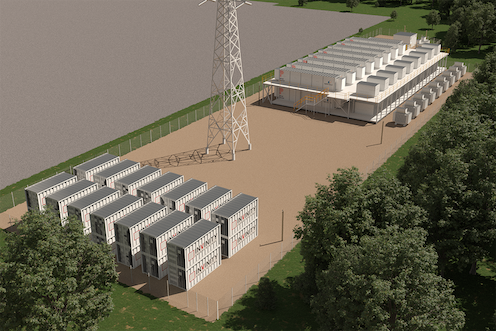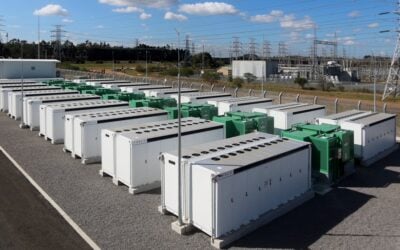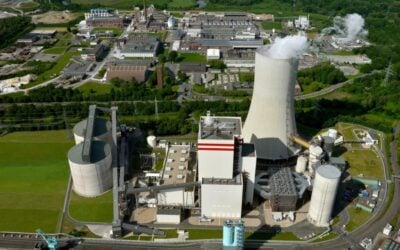
London Stock Exchange-listed transatlantic flow battery manufacturer Invinity Energy Systems has conditionally raised £25 million (US$33.46 million) gross proceeds through a share placing.
The placing was oversubscribed, according to an announcement posted last week to the stock exchange and the company is also holding an Open Offer to raise a further £4 million. Units are being placed at 100 pence each, comprising one new Ordinary Share and a Short-Term and Long-Term Warrant for every two Ordinary Shares.
Enjoy 12 months of exclusive analysis
- Regular insight and analysis of the industry’s biggest developments
- In-depth interviews with the industry’s leading figures
- Annual digital subscription to the PV Tech Power journal
- Discounts on Solar Media’s portfolio of events, in-person and virtual
Warrants give purchasers the right to buy further shares by December 2024. The 25 million available units are placed with investors conditionally, with the placing to be approved by shareholders at Invinity’s General Meeting.
Invinity CEO Larry Zulch said via business networking site LinkedIn that the fundraising puts the company “on track to accelerate the commercial deployment of our energy storage products”.
According to the London Stock Exchange (LSE) announcement the proceeds will be used to grow the market share of Invinity’s VS3 product, which is described on the flow battery maker’s website as the “core building block” of its systems. About £60 million investment to date has been utilised over 14 years to develop this latest iteration of the flow battery system.
The VS3 stores energy in a non-degrading aqueous solution, at a claimed cost of power delivery 25% to 30% less than that of lithium-ion systems, with a longer lifetime. In an article for our technical journal PV Tech Power, Invinity business development director Ed Porter talked up the vanadium redox flow battery technology’s competitive potential to serve applications requiring 4-6 hours of energy.
Funding will also be used to develop the Invinity grid-scale energy storage product in conjunction with Siemens Gamesa Renewable Energy subsidiary Gamesa Electric. It will also be used to maintain Invinity’s current corporate growth trajectory, according to the announcement.
To date around 25MWh of the VS3 and its predecessor products have been deployed or are contracted to be deployed at sites in 15 different countries around the world. About
Invinity said a few weeks ago that it is doubling production capacity at its factory in Bathgate, Scotland. The company was formed in early 2020 through the merger of two flow battery players, Avalon Battery from North America and redT energy from the UK.
“We are delighted at what this fundraise means for Invinity’s plans to become the leader in true utility-grade energy storage. Now that we have installed the Invinity VS3 at multiple customer sites, we are poised to unlock our pipeline of commercial opportunities,” CEO Zulch said in the LSE announcement.
“We will continue to progress the joint development of the next generation of vanadium flow batteries with Gamesa Electric,” Zulch added, as well as thanking new and existing shareholders.
Read ‘Primary vanadium producers’ flow battery strategies,’ an extract of a feature article from Vol.28 of the quarterly journal PV Tech Power, here.






